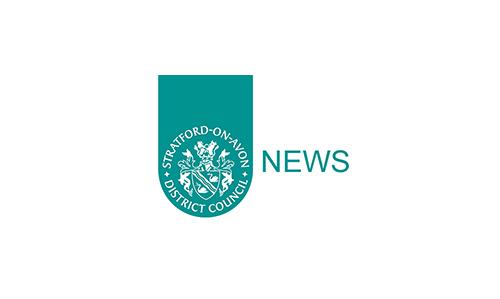
SDC State of the District Report October 2022
The State of The District report summarises the events of the past year, along with an outline of future proposals. It also provides information on the current economic, social and environmental profile of the District.
Of particular interest to our Rural Housing Enabler are the figures around population and housing.
According to the initial release of the Census 2021 data the population of Stratford-on-Avon District in March 2021 was estimated to be 134,700. The population is heavily weighted towards the older end of the scale with over 65s making up just over 25% of the population, with 60% aged between 18-64 years and 15% under 18 years old. The median age of the District in 2020 was 48.2 years, while the England median average age was 40 years. ONS figures show that the population of Stratford-on-Avon District is projected to increase by 10,685 by mid-2028 to a total population of 145,385.
According to the Valuation Office list, there were 62,220 properties in the District mid-2021 and the most common dwelling type is a detached house. Stratford-on-Avon District has more bungalows and detached houses than the Warwickshire or England average, and fewer flats/maisonettes, terraces and semi-detached dwellings. The median house price for the District was £340,000 in the year ending December 2021, well above the England and Warwickshire median of £280,000. The lower quartile house price for the District in December 2021 was £254,000 (25% of houses were below this price, 75% above). This is higher than the lower quartile for England of £185,000 and that for Warwickshire of £205,000. The median detached price in Stratford-on-Avon is 23.75% higher than the England average and 20.7% higher than the Warwickshire average. The median semi-detached price is 19% higher than the England average, and 15% above the Warwickshire average. Terraced houses are 14% above the England average, and 18% above the Warwickshire average.
The median monthly rent payable in the District was £795. This was the third highest rent across the West Midlands, with Solihull and Warwick higher at £850 and £870 respectively.
According to the ONS, in 2019 approximately 72% of dwellings in the District were owner-occupied, 13% were privately rented and 13% were socially rented. An estimated 1.5% of households lived rent-free.
A total net of 748 new dwellings were added to the housing stock in 2021, which represented 83.7% of the target for total new dwelling completions in 2020/21 (146 under target). This is the first year in the last seven years where net new dwellings have fallen short of the target, and this was largely because of the impact of Covid restrictions. Affordable housing made up an average of 29% of all new dwellings completed since 2012, and in 2020/21 affordable housing made up 51.5% of new completions. In 2020/21 two and three bed homes made up just over 70% of completions, with four+ beds accounting for approximately 21%. One bed homes made up less than 10% of the total.
